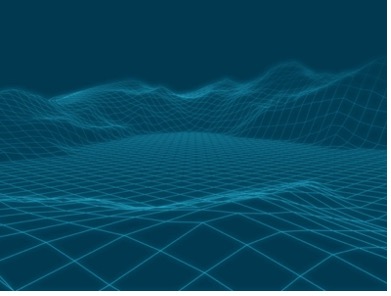All-Direction and High-Resolution Subsurface 3D Imaging Radar Using Distributed Moving Transceivers
TECHNOLOGY NUMBER: 2019-215

OVERVIEW
Aerial robotic sensors for high-resolution subsurface imaging with synthetic aperture
- Enhances ground-penetrating radar with 360-degree imaging and faster processing
- Applicable in military, civil infrastructure, oil/gas industries for detecting buried objects
BACKGROUND
Subsurface imaging has been pivotal in various fields, from detecting hidden landmines to assessing buried pipelines’ integrity. Traditional methods predominantly rely on ground-penetrating radar (GPR), which uses monostatic transceivers to gather data in a grid format. However, this process is time-intensive and often provides redundant data, failing to offer the required lateral resolution. Phased array systems can improve this, yet they compromise system mobility and inflate costs. GPR’s limitations in coherent data processing and its confined capability to deliver quick, high-resolution results emphasize the necessity for more advanced methods. These constraints have inhibited the timely detection of crucial subsurface features, necessitating an innovation that seamlessly merges speed with precision, especially for applications requiring high lateral resolutions.
INNOVATION
Researchers at the University of Michigan have developed new subsurface imaging system which leverages a distributed array of robotic sensors configured in a bi-static transceiver setup, enabling the formation of a two-dimensional synthetic aperture. By moving receivers around a central transmitter and sampling reflected signals along a circular path, the system avoids the traditional GPR grid method, thus expediting imaging processes while ensuring high-resolution outcomes. The technique applies beam-forming principles to manage data coherence and generate superior images of subsurface targets. Potential applications span detecting concealed mines, tunnels, assessing buried utility conditions in urban planning, to identifying geological features important for mining. This approach promises a cost-effective, mobile solution adaptable across varied terrains, marking significant strides over existing GPR systems.
ADDITIONAL INFORMATION
REFERENCES
B. Yektakhah, J. Chiu, F. Alsallum and K. Sarabandi, "Low-Profile, Low-Frequency, UWB Antenna for Imaging of Deeply Buried Targets," in IEEE Geoscience and Remote Sensing Letters, vol. 17, no. 7, pp. 1168-1172, July 2020, doi: 10.1109/LGRS.2019.2942007
INTELLECTUAL PROPERTY
US11579278 "All-direction high-resolution subsurface imaging using distributed moving transceivers"